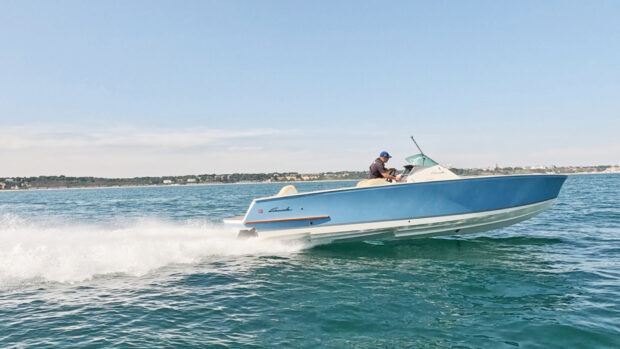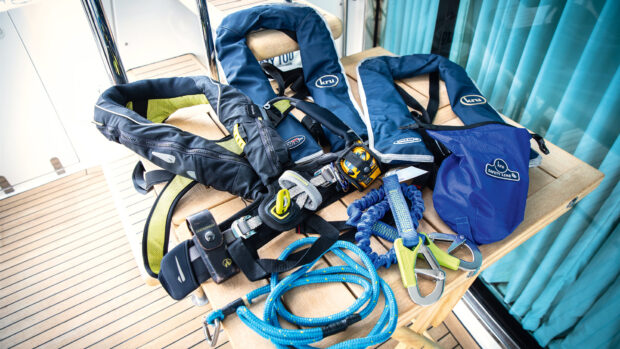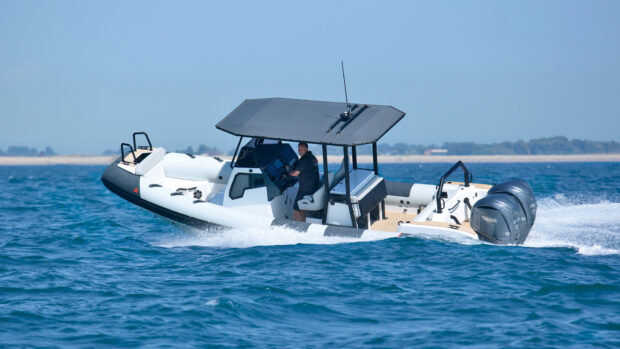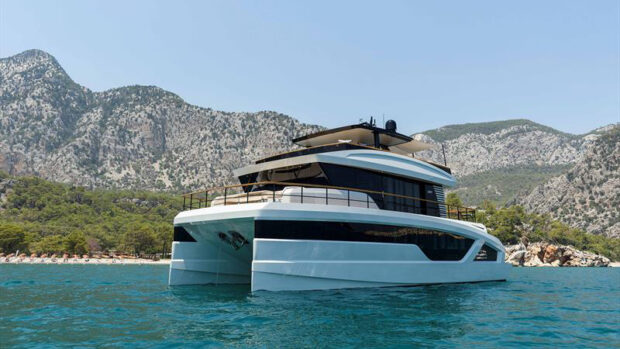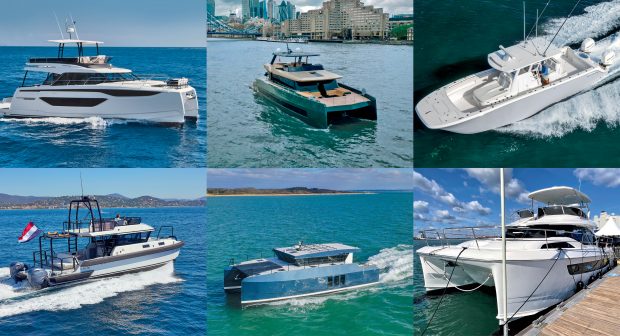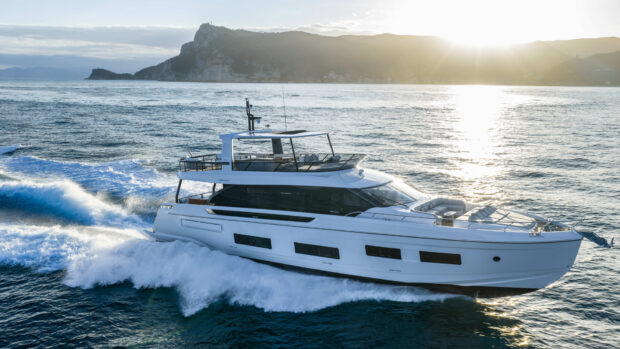Motor Boat & Yachting's resident expert, Jon Mendez explains the first steps of planning a safe passage at sea
Passage planning is a key part of any boater’s skillset but there’s more to it than just entering some waypoints in a chartplotter. Both the International Maritime Organisation (IMO) and the Maritime and Coastguard Agency (MCA) have made it very clear that every boater should use ‘APEM’.
It’s not the catchiest of acronyms but it stands for Appraise, Plan, Execute, Monitor and even as leisure boaters we should follow it every time we put to sea.
That might seem like overkill for a quick potter over to a nearby bay for lunch but if you do have an accident and can’t demonstrate that you’ve adhered to it, you might end up on the wrong end of the law. Every trip you make, even to a local anchorage, needs the same considerations, but clearly you don’t need to put the same effort into that as you would for a more demanding cross-Channel passage.
So what does APEM actually look like in practice? Let’s take a more challenging example of crossing the Channel from Poole to Honfleur.
It starts with Appraise – which covers a multitude of sins including the route, the boat, the crew and, in this case, the paperwork. But for me, I always begin with the destination.
I want to know whether there are any tidal constraints, whether it’s well-lit if we arrive after dark, if it requires tricky pilotage to enter and if it’s a big commercial port with lots of shipping. That always used to be Almanac territory; now I simply check the destination’s website for all the latest information and contact numbers. A lot of them even give a live tidal height.
Next I’ll do an overview of the intended route. I still prefer to do this with a paper chart as it gives a better sense of scale. All I want at this stage is a rough distance so I can calculate a passage time based on my boat’s cruising speed.
Article continues below…

How to recover a man overboard single-handed

How to ferry-glide sideways in a motor boat
Poole to Honfleur is roughly 120 miles, so assuming I can cruise at 20 knots that’s 6 hours cruising, plus an hour for some slower speed work at each end and a comfort break en route, giving a total passage time of 7 hours. I’ve also researched that Honfleur has a large lock to negotiate that opens on the hour for entry, so that needs to be factored in too.
The second part of Appraise is the boat and crew. I am basing this example on a Botnia Targa 27.2, which is small but has excellent seakeeping, so in my appraisal I will consider when it was last serviced and check that it has suitable spares and a toolkit.
I’ll also check the fuel capacity and level to ensure it has sufficient range with at least a 20% reserve, as well as the safety kit and lifejackets (all in date and serviced). There’s also my crew to consider. Can we cook on the move or do we need flasks and pre-made sandwiches? How many of us are travelling and can we all sit comfortably facing forward? Another often ignored factor is whether you can actually use the bathroom facilities at sea.
Finally, there’s the paperwork involved in leaving the UK and entering the EU.
Do I have the necessary ship’s papers, including insurance, passports and proof of VAT status? I’ve already checked that Honfleur is an official entry point (it is) but we also have to submit a ‘pleasure craft report’ (C1331) for our departure from the UK (you can do this online at www.gov.uk) and a second one for our arrival into France.
Lastly, I will research alternative ports in case weather or mechanical difficulties disrupt our journey. If this were to happen, during the first third of the journey I would return to the UK. For the middle part I would divert to Cherbourg in France, as entry is possible in any weather. In the latter stages, if the wind had picked up from the west and the tides were right, I could divert to St Vaast on the eastern side of the Cherbourg peninsular as it’s tucked away and completely sheltered when inside.
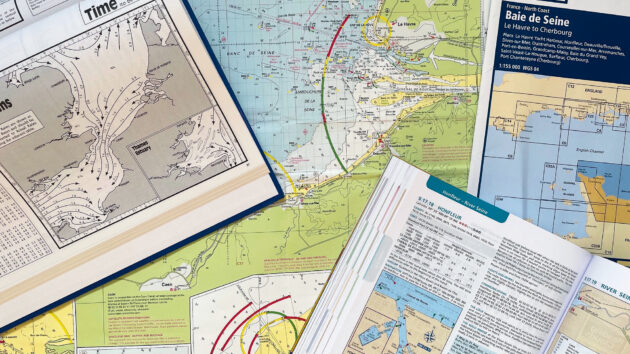
Appraise – Traditionally passage planning was just paper based and started with an overview of the chart and a good look at an Almanac but it should take in all the following steps.

Passage duration – The first step is to check the distance involved, in this case about 120 miles. That, along with your intended passage speed (20 knots) will give you the time: approx 6 hours plus 30 minutes at each end.
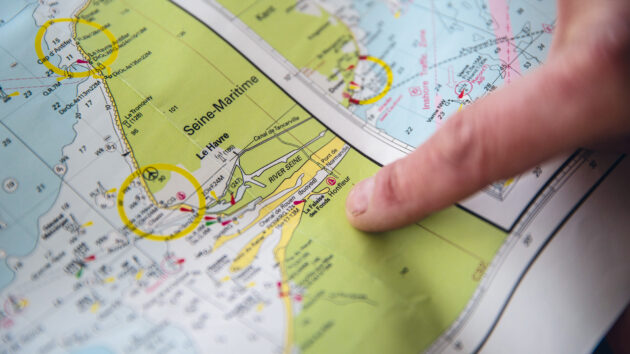
Destination – Then I look at the destination. Is it difficult pilotage? Is it well-lit at night? Is there an access window for the lock? An Almanac or the port’s website should provide all this information.
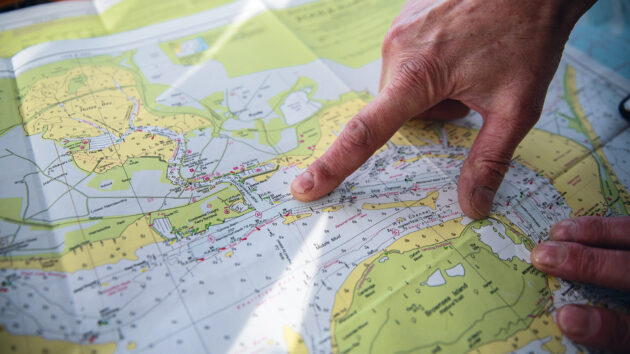
Departure point – Then I come back to the starting position, in this case Poole harbour, with a similar set of questions about tidal restraints, shipping movements, areas to avoid when setting out and so on.
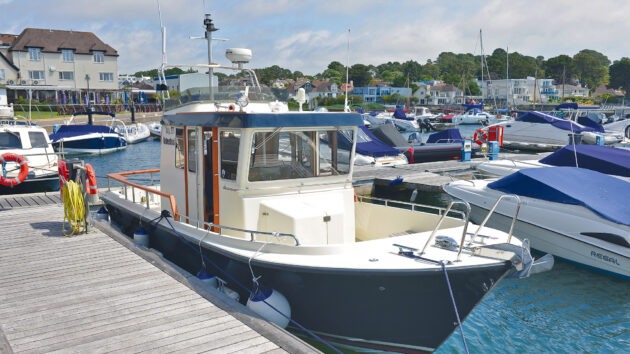
Boat – Your appraisal process should also include the vessel. Is everything working as it should? Have you got enough fuel? What about spares like fuel filters, belts and a toolkit? Food and drinks?

Paperwork – If you’re leaving UK waters the correct paperwork is also essential. You’ll need passports, vessel insurance, entry and exit forms and a crew list. Much of this can be done online but paper copies can be used too.
 If you enjoyed this….
If you enjoyed this….
Motor Boat & Yachting is the world’s leading magazine for Motoryacht enthusiasts. Every month we have inspirational adventures and practical features to help you realise your sailing dreams, as well as tests and news of all the latest motorboats.
Plus you’ll get our quarterly Custom Yachting supplement where we share the last on offer in the superyacht world and at the luxury end of the market.
Build your knowledge with a subscription delivered to your door. See our latest offers and save at least 30% off the cover price.




 If you enjoyed this….
If you enjoyed this….